3-Pentanone

3-Pentanone structure
|
Common Name | 3-Pentanone | ||
|---|---|---|---|---|
| CAS Number | 96-22-0 | Molecular Weight | 86.132 | |
| Density | 0.8±0.1 g/cm3 | Boiling Point | 101.0±3.0 °C at 760 mmHg | |
| Molecular Formula | C5H10O | Melting Point | -40 °C | |
| MSDS | Chinese USA | Flash Point | 12.8±0.0 °C | |
| Symbol |


GHS02, GHS07 |
Signal Word | Danger | |
| Name | pentan-3-one |
|---|---|
| Synonym | More Synonyms |
| Density | 0.8±0.1 g/cm3 |
|---|---|
| Boiling Point | 101.0±3.0 °C at 760 mmHg |
| Melting Point | -40 °C |
| Molecular Formula | C5H10O |
| Molecular Weight | 86.132 |
| Flash Point | 12.8±0.0 °C |
| Exact Mass | 86.073166 |
| PSA | 17.07000 |
| LogP | 0.90 |
| Vapour density | 3 (vs air) |
| Vapour Pressure | 35.8±0.2 mmHg at 25°C |
| Index of Refraction | 1.383 |
| InChIKey | FDPIMTJIUBPUKL-UHFFFAOYSA-N |
| SMILES | CCC(=O)CC |
| Stability | Stable. Highly flammable. Readily forms explosive mixtures with air. Incompatible with strong bases, reducing agents, strong oxidizing agents. |
| Water Solubility | 50 g/L (20 ºC) |
CHEMICAL IDENTIFICATION
HEALTH HAZARD DATAACUTE TOXICITY DATA
MUTATION DATA
|
| Symbol |


GHS02, GHS07 |
|---|---|
| Signal Word | Danger |
| Hazard Statements | H225-H319-H335-H336 |
| Supplemental HS | Repeated exposure may cause skin dryness or cracking. |
| Precautionary Statements | P210-P305 + P351 + P338-P370 + P378-P403 + P235 |
| Personal Protective Equipment | Eyeshields;Faceshields;full-face respirator (US);Gloves;multi-purpose combination respirator cartridge (US);type ABEK (EN14387) respirator filter |
| Hazard Codes | F:Flammable |
| Risk Phrases | R11;R37;R66;R67 |
| Safety Phrases | S9-S16-S25-S33 |
| RIDADR | UN 1156 3/PG 2 |
| WGK Germany | 1 |
| RTECS | SA8050000 |
| Packaging Group | II |
| Hazard Class | 3 |
| HS Code | 2914190090 |
| Precursor 9 | |
|---|---|
| DownStream 10 | |
| HS Code | 2914190090 |
|---|---|
| Summary | 2914190090 other acyclic ketones without other oxygen function。Supervision conditions:None。VAT:17.0%。Tax rebate rate:9.0%。MFN tariff:5.5%。General tariff:30.0% |
|
Effect of different chemical bonds in pegylation of zinc protoporphyrin that affects drug release, intracellular uptake, and therapeutic effect in the tumor.
Eur. J. Pharm. Biopharm. 89 , 259-70, (2015) Pegylated zinc protoporphyrin (PEG-ZnPP) is a water-soluble inhibitor of heme oxygenase-1. In this study, we prepared two types of PEG-ZnPP conjugates with different chemical bonds between PEG and ZnP... |
|
|
Bioremoval of diethylketone by the synergistic combination of microorganisms and clays: uptake, removal and kinetic studies.
Environ. Sci. Pollut. Res. Int. 20(3) , 1374-83, (2013) The performance of two bacteria, Arthrobacter viscosus and Streptococcus equisimilis, and the effect of the interaction of these bacteria with four different clays on the retention of diethylketone we... |
|
|
Anticonvulsant effects of methyl ethyl ketone and diethyl ketone in several types of mouse seizure models.
Eur. J. Pharmacol. 642(1-3) , 66-71, (2010) The anticonvulsant effects of acetone have been reported in various animal models of epilepsy. We recently demonstrated that other ketone bodies, methyl ethyl ketone (MEK) and diethyl ketone (DEK), su... |
| dimethyl acetal of 3-hydroxyisovaleric aldehyde |
| PENTANONE (3-) (AKA DEK) |
| DIETHYL KETONE FOR SYNTHESIS |
| 2-Butanol,4,4-dimethoxy-2-methyl |
| 3-hydroxy-3-methylbutanal dimethyl acetal |
| dimethylacetal of 3-methyl-3-hydroxy butyraldehyde |
| EINECS 202-490-3 |
| DIETHYL KETONE (3-PENTANONE) |
| ethyl ketone |
| 3-PENTANON |
| DIETHYL KETONE |
| 4,4-Dimethoxy-2-methyl-2-butanol |
| 3-PENTANOL |
| diethylketone |
| 3-hydroxy-isovaleraldehyde dimethyl acetal |
| 3-Pentanone |
| 3-PENTANONE/DIETHYL KETONE |
| 3-hydroxy-isovaleraldehyd dimethyl acetale |
| MFCD00009320 |
| dimethylacetone |
| 3-hydroxyisovaleric aldehyde dimethyl acetal |
 CAS#:616-25-1
CAS#:616-25-1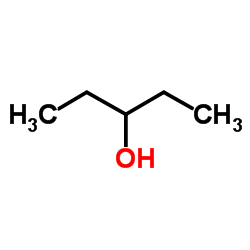 CAS#:584-02-1
CAS#:584-02-1 CAS#:75912-31-1
CAS#:75912-31-1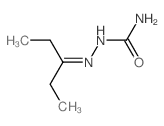 CAS#:623-14-3
CAS#:623-14-3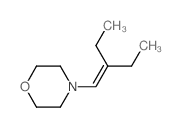 CAS#:28478-26-4
CAS#:28478-26-4 CAS#:26733-25-5
CAS#:26733-25-5 CAS#:6931-71-1
CAS#:6931-71-1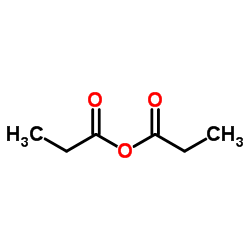 CAS#:123-62-6
CAS#:123-62-6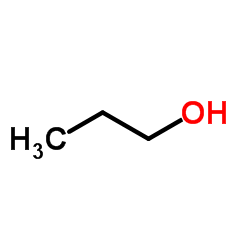 CAS#:71-23-8
CAS#:71-23-8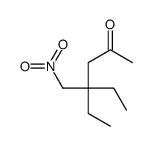 CAS#:111904-09-7
CAS#:111904-09-7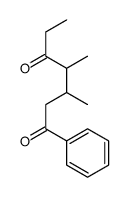 CAS#:112037-77-1
CAS#:112037-77-1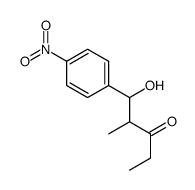 CAS#:105590-48-5
CAS#:105590-48-5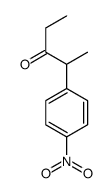 CAS#:104869-86-5
CAS#:104869-86-5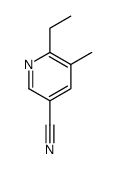 CAS#:110253-41-3
CAS#:110253-41-3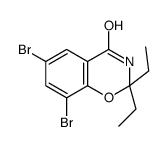 CAS#:104619-86-5
CAS#:104619-86-5 CAS#:104488-77-9
CAS#:104488-77-9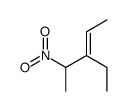 CAS#:104488-76-8
CAS#:104488-76-8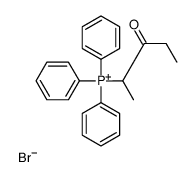 CAS#:111114-34-2
CAS#:111114-34-2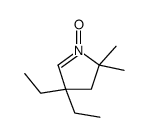 CAS#:111904-11-1
CAS#:111904-11-1
